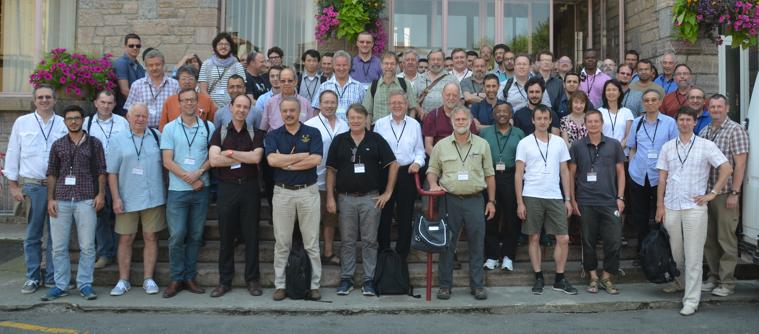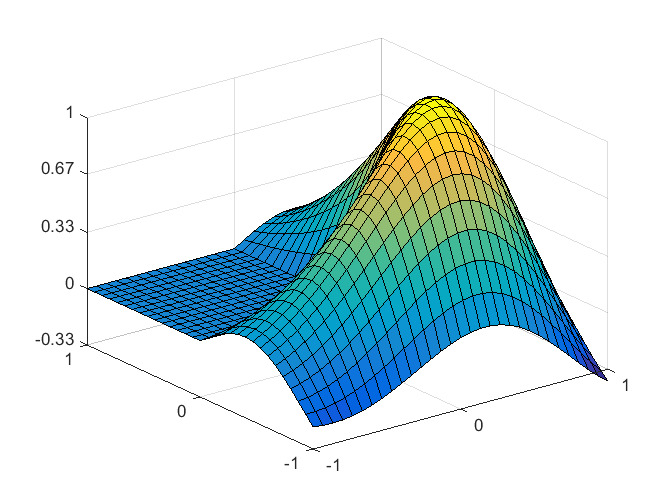
Chuck Lawson passed away in July at the age of 83. Chuck was one of the people who introduced me to computing and mathematical software. I worked for him at Caltech's Jet Propulsion Laboratory during the summers of 1961 and 1962, just before and after my first year in grad school.... 더 읽어보기 >>








